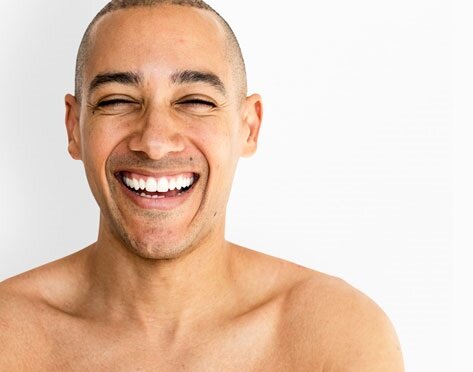
Anyone can get melanoma but these factors increase your risk.
YOU have previously had a skin cancer and/or have a family history of skin cancer
YOU have a large number of moles on their skin
YOU have a skin type that is sensitive to ultraviolet (UV) radiation and burns easily
YOU have a history of severe/blistering sunburns
YOU spend lots of time outdoors, unprotected, during their lifetime
YOU actively tan or use solariums or sunlamps work outdoors
YOU are male and over 55 years. Check your whole body from head to toe, front, back and sides. Check your head and neck and don’t forget your scalp, ears, face and lips. Don’t forget the soles of your feet and under your nails.
Family skin cancer history factors include:
A personal history of melanoma at an early age; the average age to be diagnosed with melanoma is 33 years
A personal history of more than one melanoma
Many moles on your skin; more than 10 on the arms and 200 on the body
Many unusual moles
A blood relative diagnosed with melanoma at an early age
A blood relative diagnosed with more than one melanoma
A blood relative diagnosed with melanoma of the eye.
A change in your moles - what you need to watch out for.
Size – A mole may expand sideways or become raised. This may be the first sign of a highly dangerous form of melanoma (a nodular melanoma).
Shape – Change in shape/ irregular border Change in shape is usually from an oval or round mole to an irregular (coastline) shape. Most harmless moles have smooth regular borders. Melanomas often have irregular borders.
Colour – Change in colour watch for moles that change colour. Melanomas often develop a blue or black colour. Sometimes many different colours such as red, pink, purple or grey may develop and some areas may become lighter.
The more moles you have on your skin, the higher the risk of the most dangerous type of skin cancer – melanoma. Moles are overgrowths of melanocytes (a type of skin cell).
We are not normally born with moles, but most of us will develop some on our skin by 15 years of age. The number of moles we develop is determined by genetic (inherited) factors and exposure to ultraviolet (UV) radiation.
Australians tend to have more moles than people living in other countries, possibly because of their childhood sun exposure
Check your skin-type risk
Type I – Often burns, rarely tans. Tends to have freckles, red or fair hair, blue or green eyes. Or if you have a family member that has had skin cancer previously.
Type II – Usually burns, sometimes tans. Tends to have light hair, blue or brown eyes.
Type III – Sometimes burns, usually tans. Tends to have brown hair and eyes.
Type IV – Rarely burns, often tans. Tends to have dark brown eyes and hair.
Type V – Dark brown skin. Rarely burns, tans profusely.
Type VI – Deeply pigmented, dark brown to black skin. Never burns.
Yes, the risk of skin cancer decreases as you move down the list as the larger amount of melanin in very dark skin does provide some protection. However, even if you have dark skin, it is still important to exercise caution when contemplating spending time in the sun. Did you know that Bob Marley died from skin cancer?




